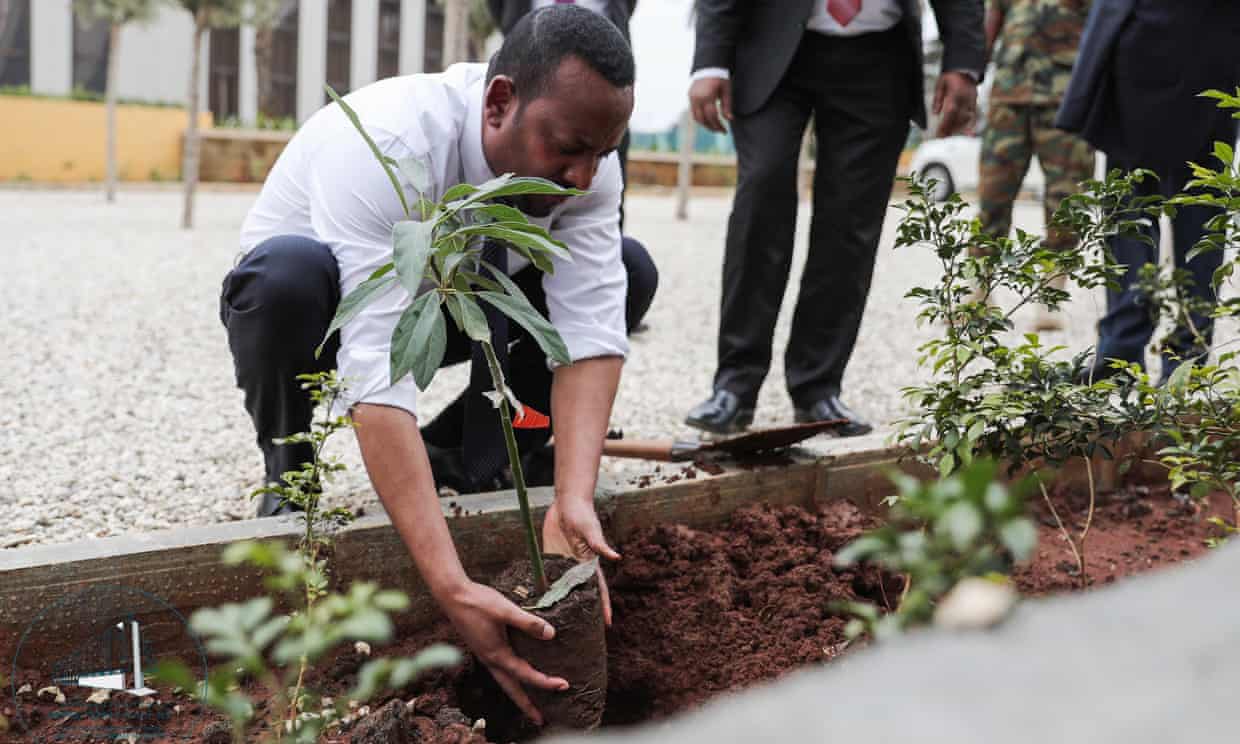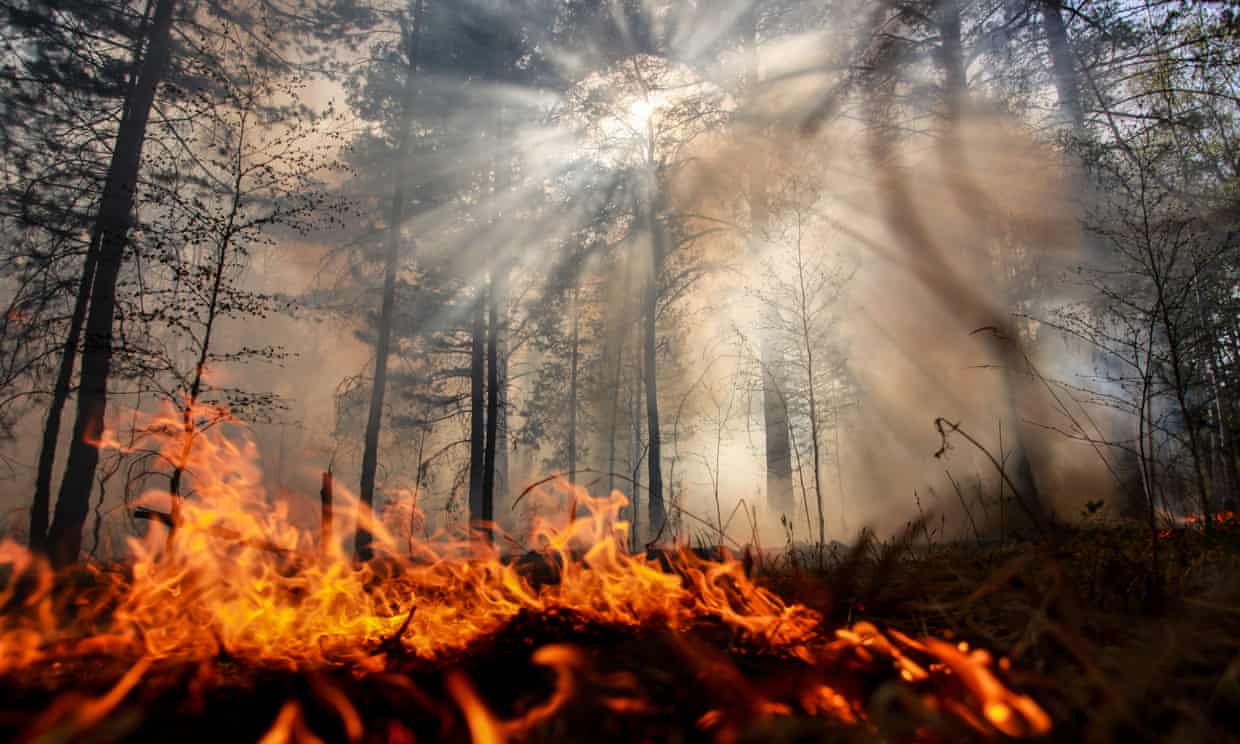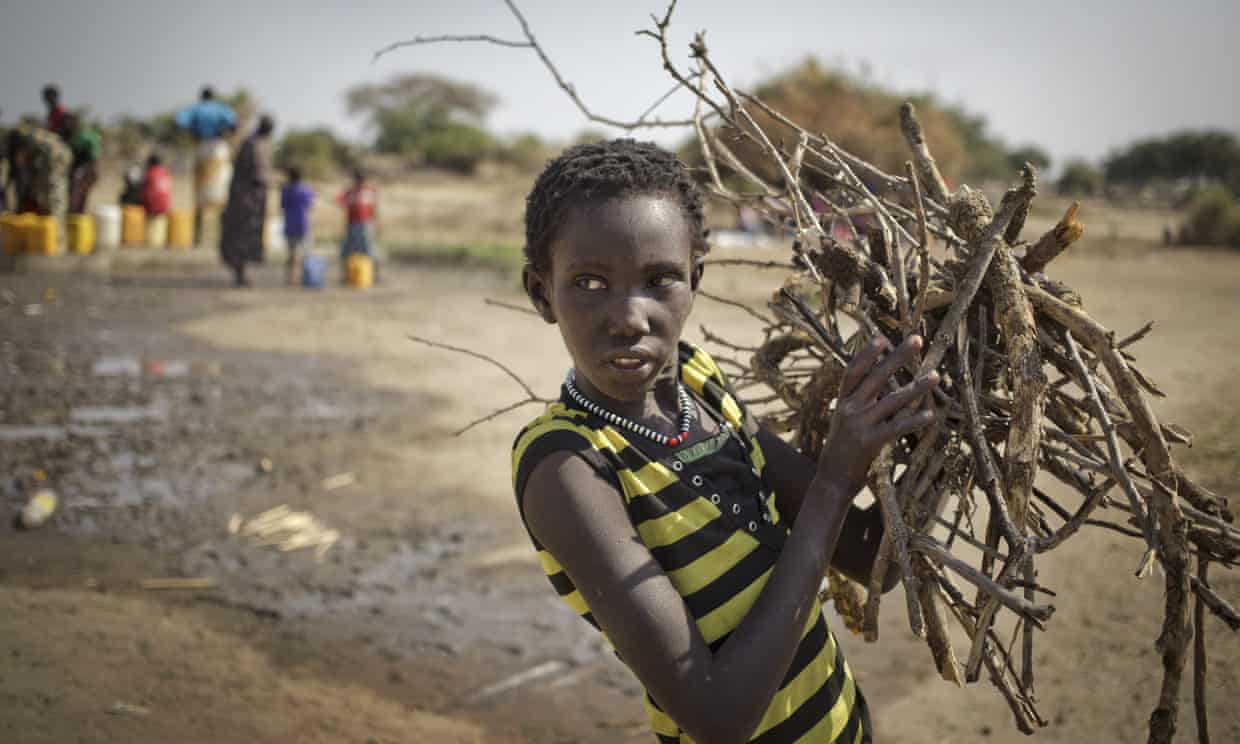The assault on the Brazilian Amazon hit the headlines last week – but it’s not the only forest at risk of disappearing…
By Gregory Robinson
Brazil
Deforestation in the Amazon rainforest has increased by almost 30% in just 12 months. A , the country’s space research unit, found that the tropical rainforest lost 9,762 sq km (3,769 sq miles) of vegetation between August 2018 and July 2019. The Amazon is the largest rainforest in the world and works as a “carbon store”, slowing the pace of global heating.

Ethiopian prime minister Abiy Ahmed plants a sapling, July 2019. Photograph: Aron Simeneh
Ethiopia
In July this year, the Ethiopian prime minister Abiy Ahmed helped to plant as part of a national “green legacy” initiative to grow 4bn trees in the country. According to the UN, Ethiopia’s forest cover dropped from 35% in the early 20th century to 4% by the 2000s.

A wildfire near the village of Melnichnaya Pad, Irkutsk, Russia. Photograph: Kirill Shipitsin/TASS
Siberia/Russia
Russia has over a fifth of the Earth’s forests and its taiga, or boreal forest, is the largest forested area on the planet (approximately 12m sq km). Fires are the – the WWF has reported an average annual rate of 1-3m hectares. This year, Vladimir Putin called in the army to fight the fires that had spread across at least 2.5m hectares in Siberia. An investigation has since been launched into whether the to cover up illegal logging.

A logging truck passes through the village of Vanimo, Papua New Guinea. Photograph: Chicago Tribune/Tribune News Service via Getty Images
Papua New Guinea
Forests still cover 70% of the island of New Guinea but activities such as logging, which can reduce forest to grassland, . More than 2% of Papua New Guinea’s forests have already been felled. Palm oil, production of which requires a great deal of land, and which is the country’s most successful agricultural export, is also a major factor.

A girl gathers firewood, Awerial, South Sudan. Photograph: Ben Curtis/AP
South Sudan
The landlocked country in east-central Africa has one of Africa’s lowest population densities with just over 13 people per square kilometre. The forests, however, are under pressure due to the demand for fuels. The country’s 2018 stated that 80% of trees felled were used for firewood or charcoal. South Sudan has an annual deforestation rate estimated at between 1.5 and 2%.
Source:
Related to SDG 13: Climate action



